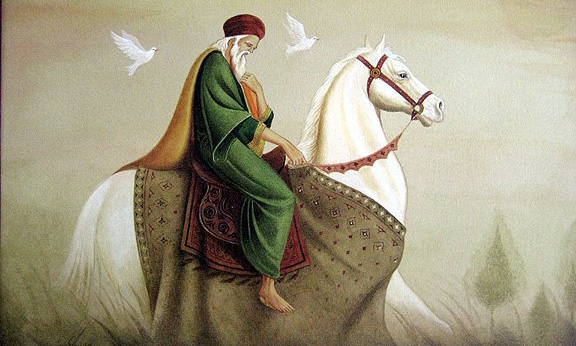HUJJATUL ISLAM IMAM ABU HAMID AL-GHAZALI
Throughout history, great Muslim intellectuals, rulers, generals, and artists have come and managed to rejuvenate faith in the Muslim world and help Muslims deal with the problems of that age. For each one of these great figures, a specific historical context was necessary for them to accomplish what they did.
One of the greatest renewers of the faith in history was the 11th century scholar Abu Hamid al-Ghazali. Today, he is known as “Hujjat al-Islam”, the Proof of Islam, because of his efforts in intellectually fighting against some of the most dangerous ideas and philosophies that plagued the Muslim world during his time. He was a Persian, who was one of the most prominent and influential philosophers, theologians, jurists, logicians, mystics and Mujaddid of Islam.
Abu Hamid Al-Ghazali, popularly known as Ghazali, was born in 1058 in eastern Iran and received his primary education there. Then, he headed to the cities of Jorjan and Nishapur to take lessons from al-Juvayni, a great scholar of his time and the imam of the two holy cities of Mecca and Medina.
After completing his education in Nishapur, he went to Baghdad upon the invitation of the famous vizier of Seljuk State, Nizam al-Mulk, who was a patron of science and literature. Impressed by his wisdom and brilliance, the Seljuk vizier appointed him chief professor of Nezamiyah Colleges in Baghdad in 1091. After lecturing in Nezamiyah Colleges for more than three years, Ghazali left Baghdad and moved to Damascus.
In Damascus, he dedicated himself to write his greatest work Ihya’u Ulmu’id-Din (The Revival of the Religious Sciences). The book explains the doctrines and practices of Islam and aims to show how these two pillars of Islam can be the basis of profound devotional life. He moved to Jerusalem and wrote El- Maksad ul-Esma which is the explanation of Allah’s 99 names.
One of the most important achievements of Ghazali in science was refuting the assumption of European philosophers and scientists that the Earth was flat. He announced that the earth was spherical. He also conducted many studies in the field of medicine and explained how the liver clears and detoxifies blood.
Ghazali moved to his hometown Tus and worked on his books.He wrote Miskkat al-Envar (The Niche for Lights) which describes Sufism. According to Egyptian scientist Abdurrahman Bedevi, Ghazali wrote 457 books, but only 75 works have survived. Ghazali passed away in Tus on December 19th, 1111.





